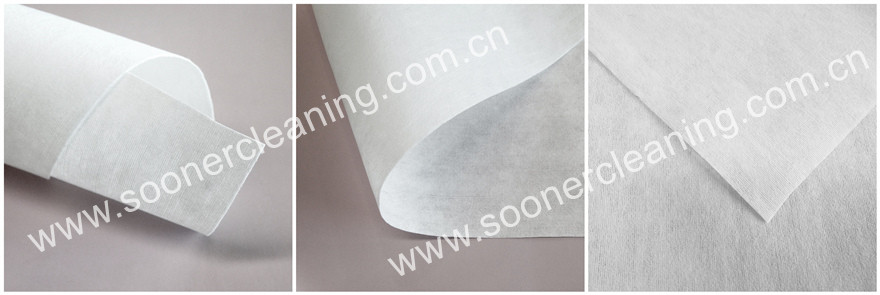
Industry experts emphasise in the summary of the Guidelines: "Consumers' enthusiasm for environmentally friendly products is commendable, but it must be based on scientific understanding and proper action. Selecting truly internationally certified (GD4, Fine to Flush) flushable wet wipes and strictly adhering to the usage guidelines of “limited use, system-appropriate, and non-substitutable” is key to avoiding environmental risks. Additionally, we urge consumers and businesses to jointly focus on the environmental performance of products throughout their entire lifecycle, including reduction, sustainable materials, safe formulations, and packaging recycling, to jointly protect precious water resources and urban infrastructure." The aim is to provide consumers with clear, actionable guidance to promote the healthy development of the flushable wet wipe market and ultimately reduce its pressure on the environment and public facilities.
